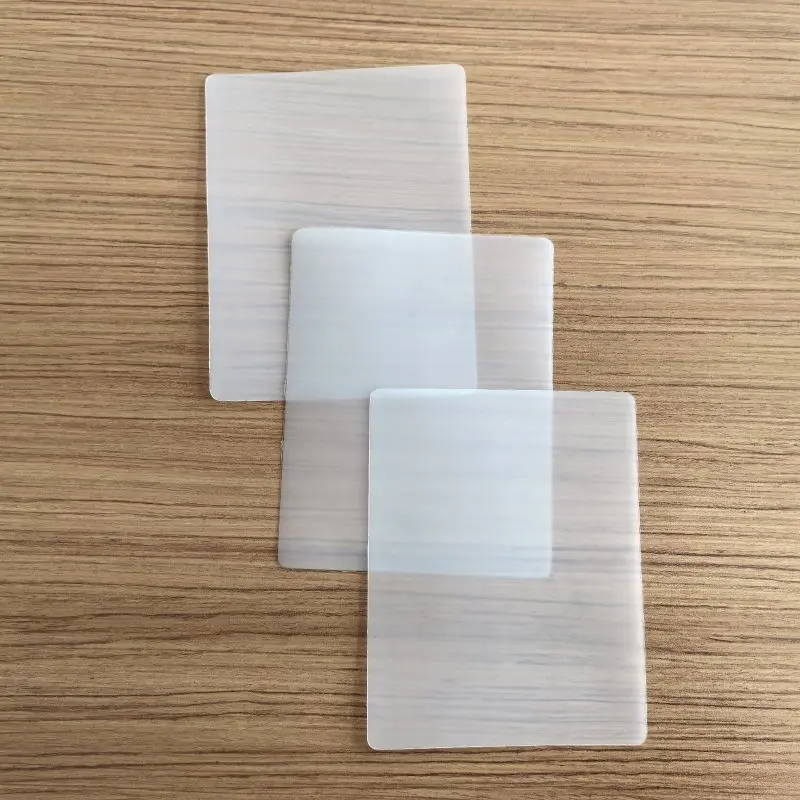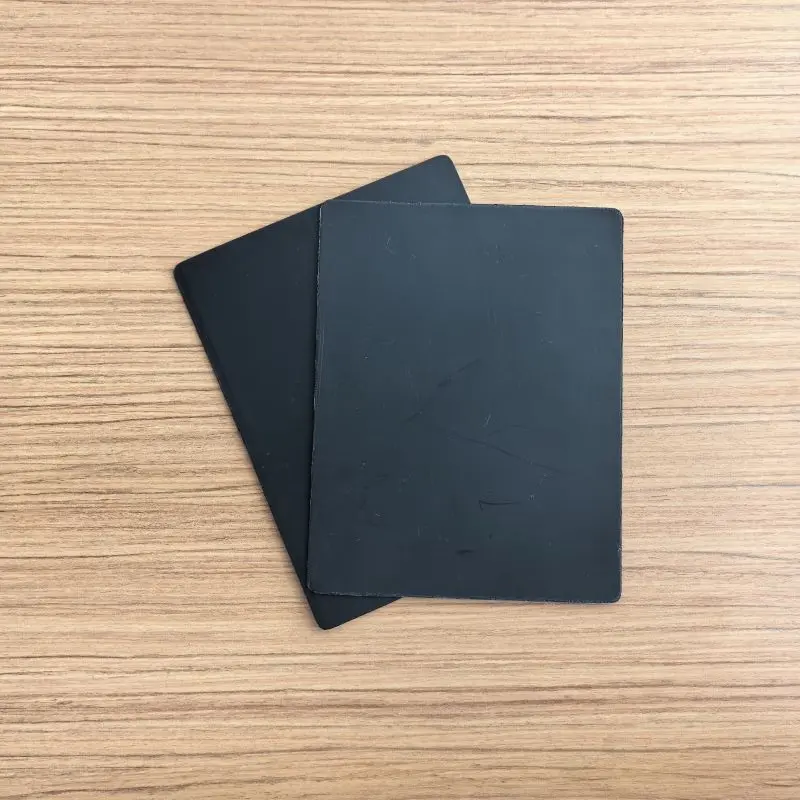Geomembrane

1, What is geomembrane?
A geomembrane is very low permeability synthetic membrane liner or barrier used with any geotechnical engineering related material so as to control fluid (liquid or gas) migration in a human-made project, structure, or system. Geomembranes are made from relatively thin continuous polymeric sheets, but they can also be made from the impregnation of geotextiles with asphalt, elastomer or polymer sprays, or as multilayered bitumen geocomposites. Continuous polymer sheet geomembranes are, by far, the most common.
2, Types of geomembrane
According to different raw materials, there are several common types of geomembranes, each with its specific characteristics and applications:
(1), High-Density Polyethylene (HDPE):
Characteristics: HDPE geomembranes are known for their high strength, chemical resistance, and durability.
Applications: Landfills, mining applications, pond liners, and containment of hazardous materials.
(2, )Linear Low-Density Polyethylene (LLDPE):
Characteristics: LLDPE geomembranes offer flexibility, good impact resistance, and are suitable for exposed applications.
Applications: Landfills, agricultural ponds, secondary containment, and decorative pond liners.
(3), Low-Density Polyethylene (LDPE):
Characteristics: LDPE geomembranes are flexible and offer good chemical resistance but are generally less robust than HDPE.
Applications: Landfill caps, pond liners, and secondary containment.
Life span of geomembrane
According to The ASTM testing test of the International Geomaterials Association GRI-GM13 standard, the service life of geomembranes is as high as 50-100 years. In actual projects, a geomembrane that uses 100% virgin raw materials can have a service life around 30 to 50 years or even longer. Usually, the actual lifespan is affected by the following factors:
1, raw materials

First and foremost, the lifespan of geotextile membranes is directly influenced by the quality of materials. High-quality geotextile membrane materials typically exhibit superior aging resistance, corrosion resistance, and durability, maintaining their performance over an extended period in challenging environmental conditions. Hence, selecting premium geotextile membrane materials is a key step in ensuring an extended lifespan in engineering projects.
In the same conditions, HDPE (high-density polyethylene) geofabric membrane usually has a longer service life. This is because HDPE has some characteristics that exhibit higher durability and stability in many applications.
(1). Molecular density:
Generally, HDPE has a tighter molecular chain structure and a higher molecular density. This makes hdpe geomembrane has better performance in terms of anti-permeability and chemical stability.
(2). Anti-aging properties:
In contrast with other materrials, HDPE uaually has better anti-aging properties and is more resistant to UV rays, which allows HDPE to maintain longer physical properties in outdoor exposure environments.
(3). Chemical resistance:
When expose to chemicals, HDPE shows better chemical-resistant, which makes it more suitable for environments requiring high chemical stability.
Compared with HDPE geomembrane, LLDPE (linear low-density polyethylene) geomembrane may have lower stability in some aspects because its molecular chain structure is loose, resulting in weak anti-permeability and anti-aging properties.
2, Environmental factors
944642.webp)
Environmental conditions are crucial factors affecting the lifespan of geomembranes, and different climates, ultraviolet radiation, and temperature fluctuations may have varying impacts on geomembranes.
(1) UV Radiation
Prolonged exposure to high temperatures and UV radiation can lead to aging and degradation of geomembranes, affecting their strength and durability. So, when we produce geomembrane, usually we will add carbon black and other additives with the function of UV degradation.
182494.webp)
We can see from the above picture, during the initial stage, the geomembrane experiences the depletion of antioxidants. Antioxidants are gradually consumed as they actively counteract the effects of oxidative processes, which can be induced by exposure to environmental factors such as sunlight and oxygen. This phase marks the period where the geomembrane's protective elements are gradually utilized to mitigate oxidative stress.
The induction period follows the antioxidant consumption phase. It represents a transitional stage where the geomembrane undergoes subtle changes in its structure and properties. While there may not be a noticeable decline in physical performance during this period, it serves as a precursor to subsequent degradation. Indicators of potential degradation mechanisms may become more pronounced, setting the stage for the impending decline in the geomembrane's overall performance.
In the third phase, the geomembrane experiences a significant reduction in its physical performance, reaching a point where it declines to approximately 50% of its original capabilities. The deterioration can manifest as a decrease in tensile strength, flexibility, or other relevant properties. This stage indicates a critical juncture where the geomembrane's functionality is noticeably compromised, highlighting the need for evaluation, maintenance, or potential replacement to ensure the continued effectiveness of containment or barrier systems.
(2) Temperature changes
Temperature changes have a significant impact on the lifespan of geomembranes. Here are the effects that temperature changes may have:
High Temperature Effects: Prolonged exposure to high temperatures can accelerate the aging process of geomembranes. High temperatures may also make geomembrane materials more brittle, reducing their flexibility and tear resistance.
Low Temperature Effects: Low temperatures can cause geomembranes to become hardened and brittle, affecting their impact resistance and toughness. In extremely low-temperature conditions, geomembranes may be more susceptible to physical damage.
Shrinkage and Expansion due to Temperature Changes: The cyclical changes in temperature can lead to the shrinkage and expansion of geomembranes. This variation can create stress at the interface of geomembranes with other structures, ultimately leading to cracks or damage.
(3) Chemical Exposure
Geomembranes can come into contact with diverse chemicals present in soil or water. The geomembrane's ability to resist these chemicals plays a crucial role in determining its service life. Exposure to chemicals may result in chemical erosion, dissolution, deterioration, and aging of the geomembrane, thereby diminishing its waterproofing performance and overall lifespan. The key to ensuring a prolonged life lies in the careful selection of geomembrane materials with resistance to chemicals and the implementation of necessary precautions.
3,Proper installation
Proper installation, including welding seams and securing the geomembrane to the substrate, is critical to ensuring its long life. Proper installation maximizes the life of the geomembrane and prevents mechanical damage and penetration problems; incorrect installation can cause mechanical damage, seam problems, wrinkles, and edge lifting, shorten the life, and increase the risk of penetration and UV damage.
4,Maintenance
Maintenance has a significant impact on the lifespan of geomembranes. Here are the effects that maintenance can have on the lifespan:
(1)Timely Detection and Repair of Damage: Regular maintenance inspections help identify any damage or deterioration on the geomembrane promptly. Timely repairs prevent the issues from escalating, preserving the integrity of the geomembrane.
(2)Cleaning and Drainage: Regularly cleaning the surface of the geomembrane from debris and foreign materials ensures proper drainage systems. Accumulated water and excessive debris can adversely affect the geomembrane, and maintaining cleanliness helps sustain its performance.
(3)Preventing Mechanical Wear: Avoid direct contact of mechanical equipment or sharp objects with the surface of the geomembrane to minimize the risk of mechanical wear. Mechanical wear can lead to tears or scratches, impacting the functionality of the geomembrane.
(4)Periodic Performance Assessment: Conduct regular assessments of geomembrane performance, including tests for tensile strength, permeability, and other relevant factors. This helps detect any performance decline promptly, allowing for appropriate measures.
It's crucial to note that these are general considerations, and specific circumstances may vary. As a leading manufacturer of geomembranes, we offer top-notch, durable, and dependable geomembrane products. Our commitment includes providing free geomembrane samples, round-the-clock online technical guidance, and expert installation support to ensure the success of your project. Reach out to us to establish a comprehensive geomembrane solution for sustainable development.
If you are interested in our products, please feel free to contact us:
Email: export@hygeosynthetics.com
Phone & whatsapp: 086-16615773082

897.webp)
942.webp)
237.webp)